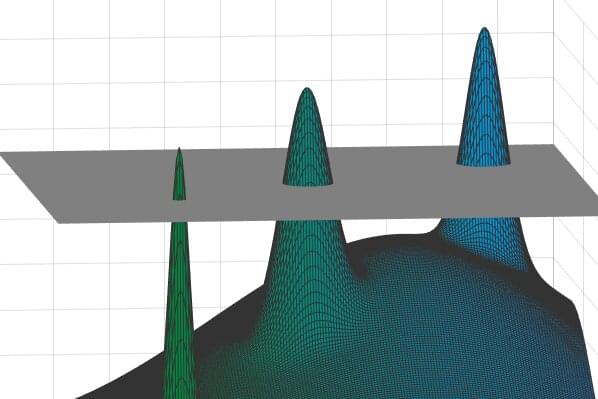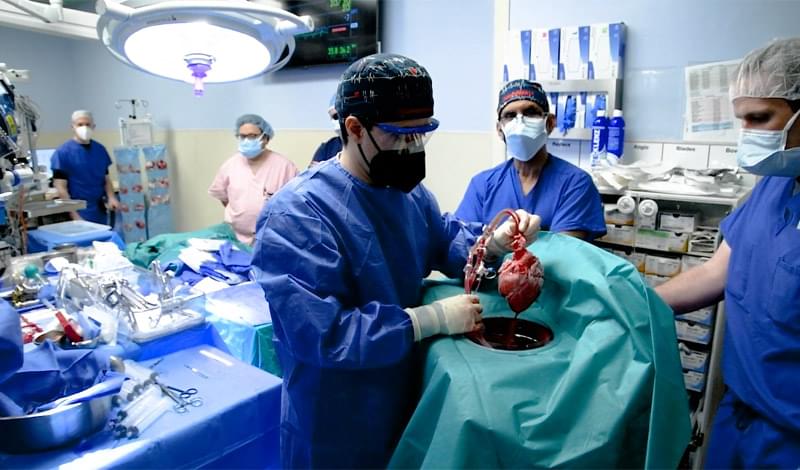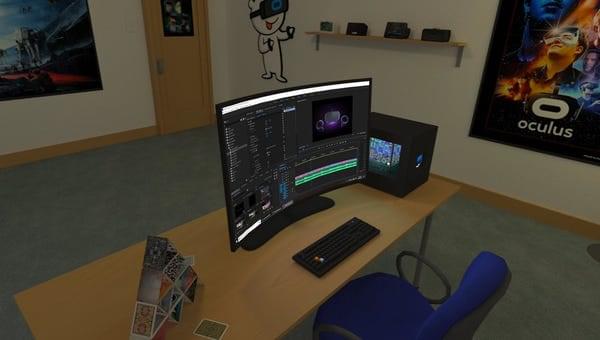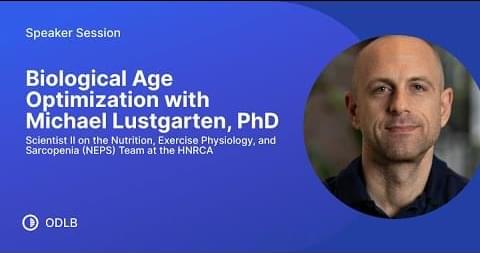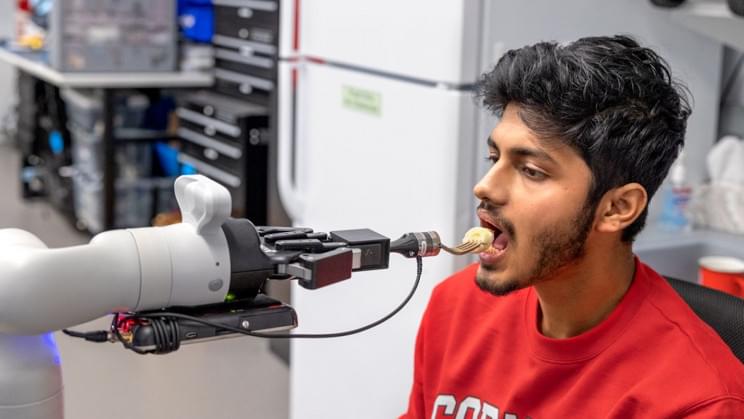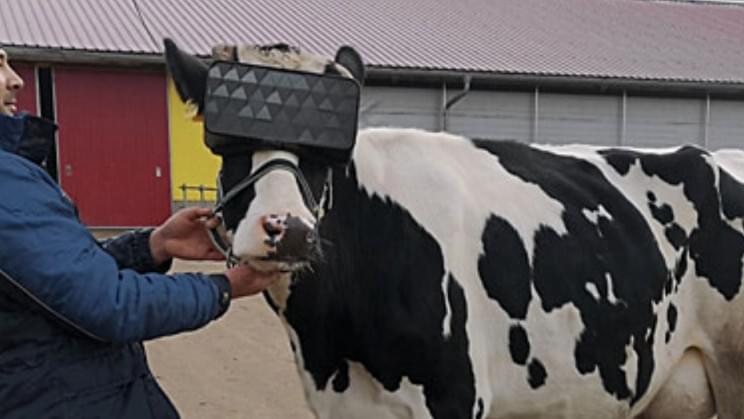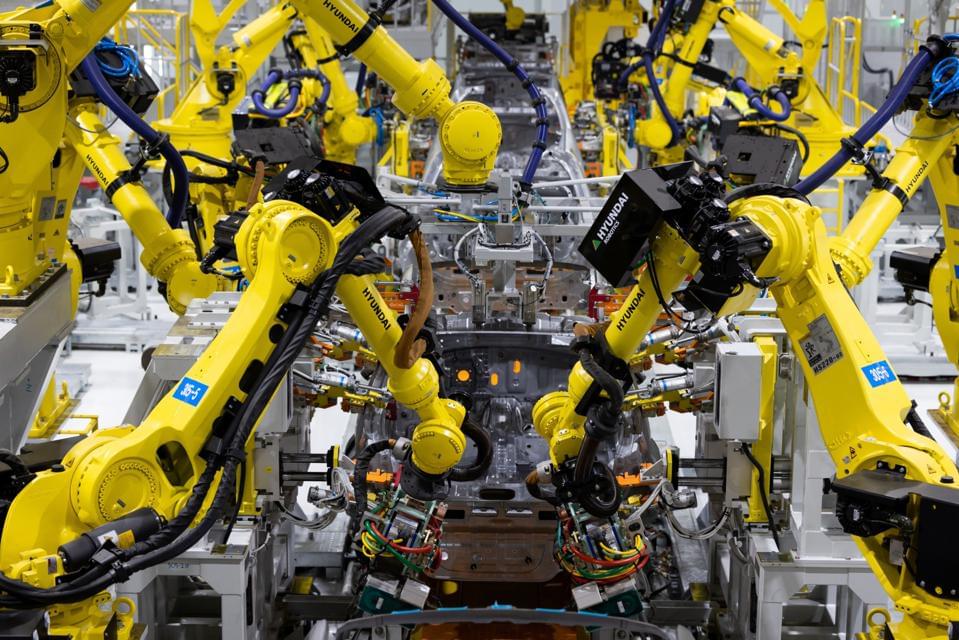Jan 11, 2022
“Extreme low power” chip with energy harvesting provides lifetime battery solution for remote controls
Posted by Quinn Sena in categories: computing, sustainability
UEI “Extreme Low-Power” chip for Bluetooth, voice remote controls with energy-harvesting in order to provide lifetime battery life.
Most people probably don’t mind changing batteries in remote controls every so often, but it contributes to e-waste especially if you’re not using rechargeable batteries, and I always find it’s pain as I don’t usually have stock, or don’t feel like waiting for several hours to recharge the batteries.
Universal Electronics Inc, or UEI for shorts, claims to have a solution with a family of QuickSet-certified chips using “Extreme Low-Power”, energy-harvesting and “high-performance technology” that would provide lifetime battery life to Bluetooth, voice remote controls. The main goal is “to help transition the world towards a more sustainable future, by reducing primary battery waste throughout the life of the product, which in turn reduces the cumulative CO2 footprint”.

